Cover Photo © Guillermo Harris
Description
The Yaganes Marine Protected Area is located in the extreme southwest of the Exclusive Economic Zone (EEZ) of Argentina, adjacent to the Chilean EEZ. Together with the Namuncurá – Banco Burdwood I and II MPAs, they make up Argentina’s National System of Marine Protected Areas. The northern sector of the area is influenced by two productive fronts of high biodiversity, corresponding to the Cold Estuarial Front (Beagle Channel) and the Subantarctic Front. It has very varied and rich geomorphological characteristics. It includes a portion of the southern slope, submarine canyons and the only seamounts within the continental EEZ of Argentina, which have not been surveyed but are presumed to have a high biodiversity with the presence of endemic and vulnerable benthic species. It is the area of physical and biological connection between the Pacific and Atlantic Oceans, influenced by the Antarctic Circumpolar Current and constitutes a representative sample of the Southern Slope and Drake Passage region.
Geographic Location
Province
ZEE
Coordinates
-57.05° Latitude S
-65.36° Longitude W
Size and Limits
Total Area:
Marine Area:
Continental Area:
NOTES ON SURFACE ESTIMATION
Area estimated based on the calculation of the area of the polygon depicted on the map (ArcGIS PRO) with an Albers Conic Equivalent Conic projection to preserve area calculations.
SIB reports 68834.30 km2, but have used an incorrect projection (SIB 2020 – Read More).
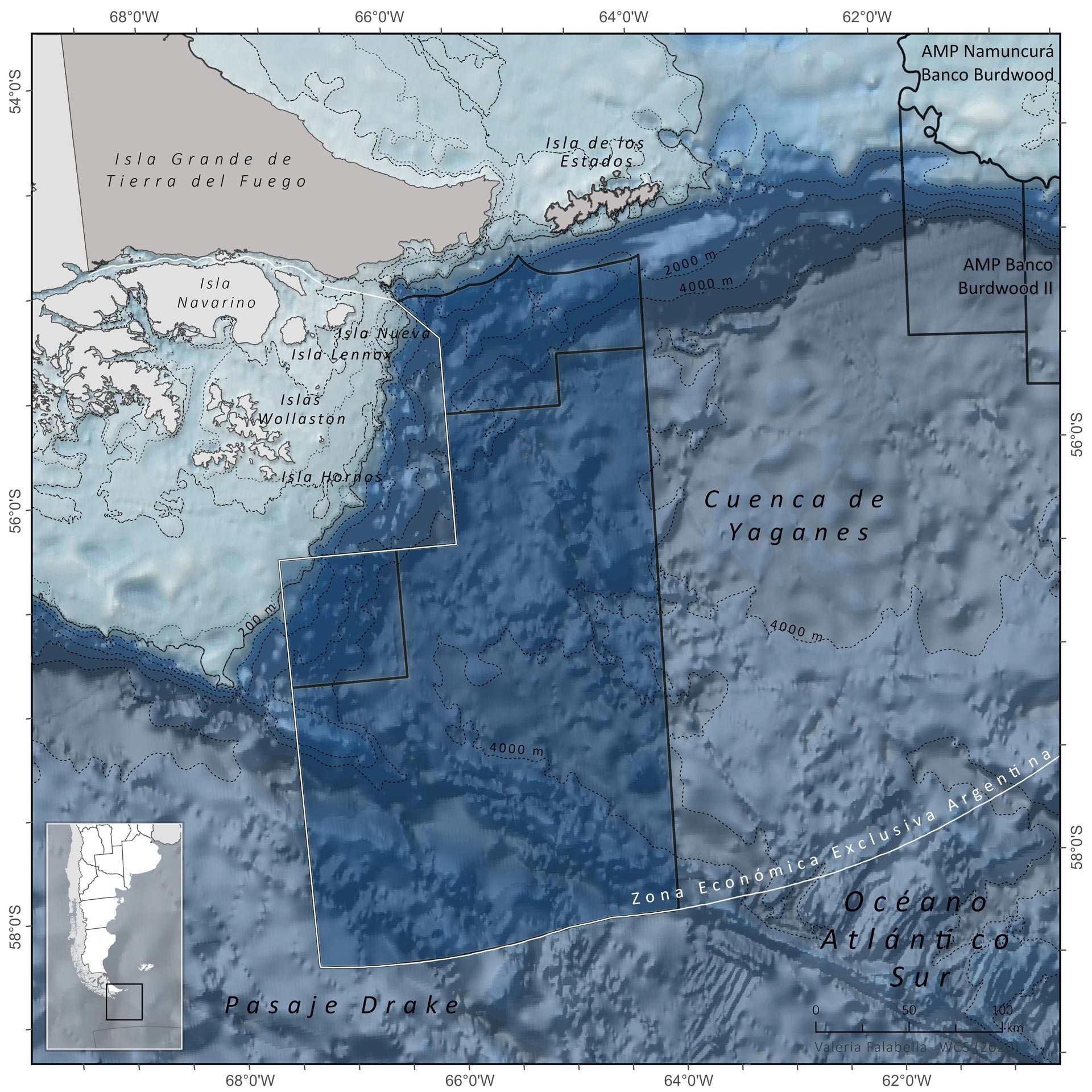
Legal Aspects
Jurisdiction
National
Year of Creation
2018
Creation Legislation
Law 27490
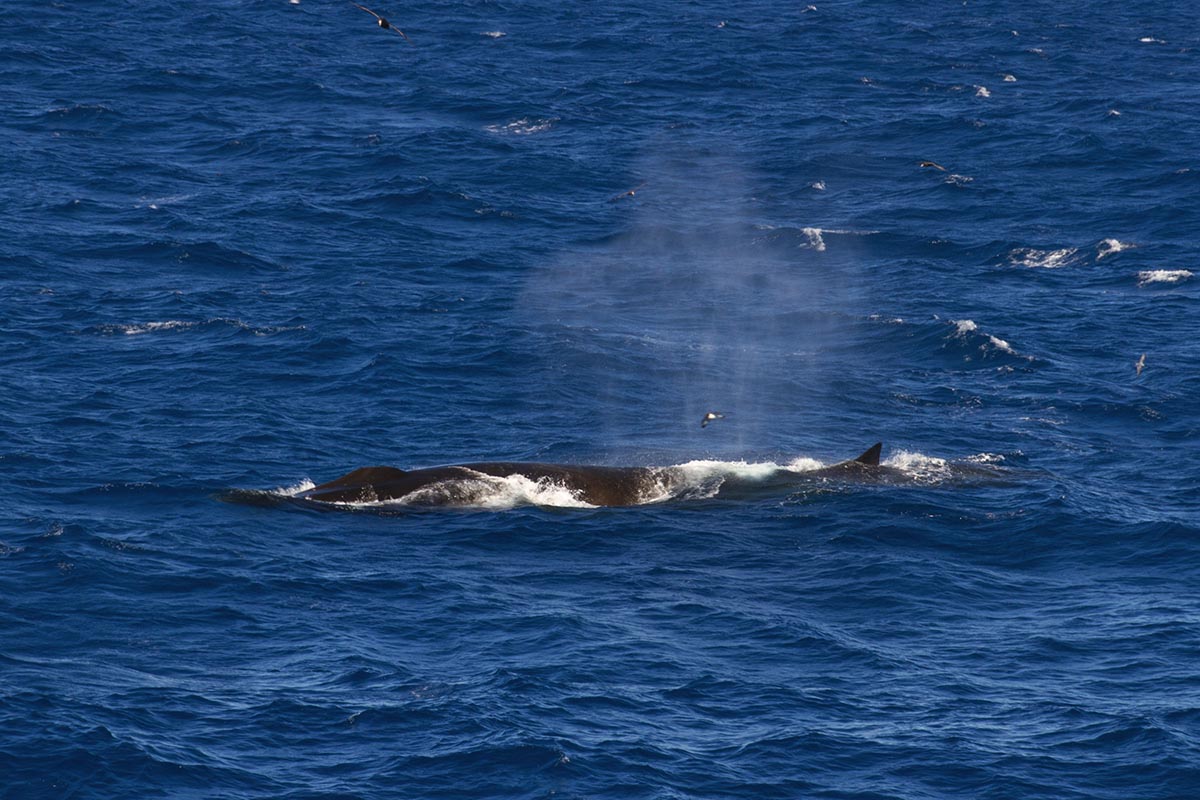
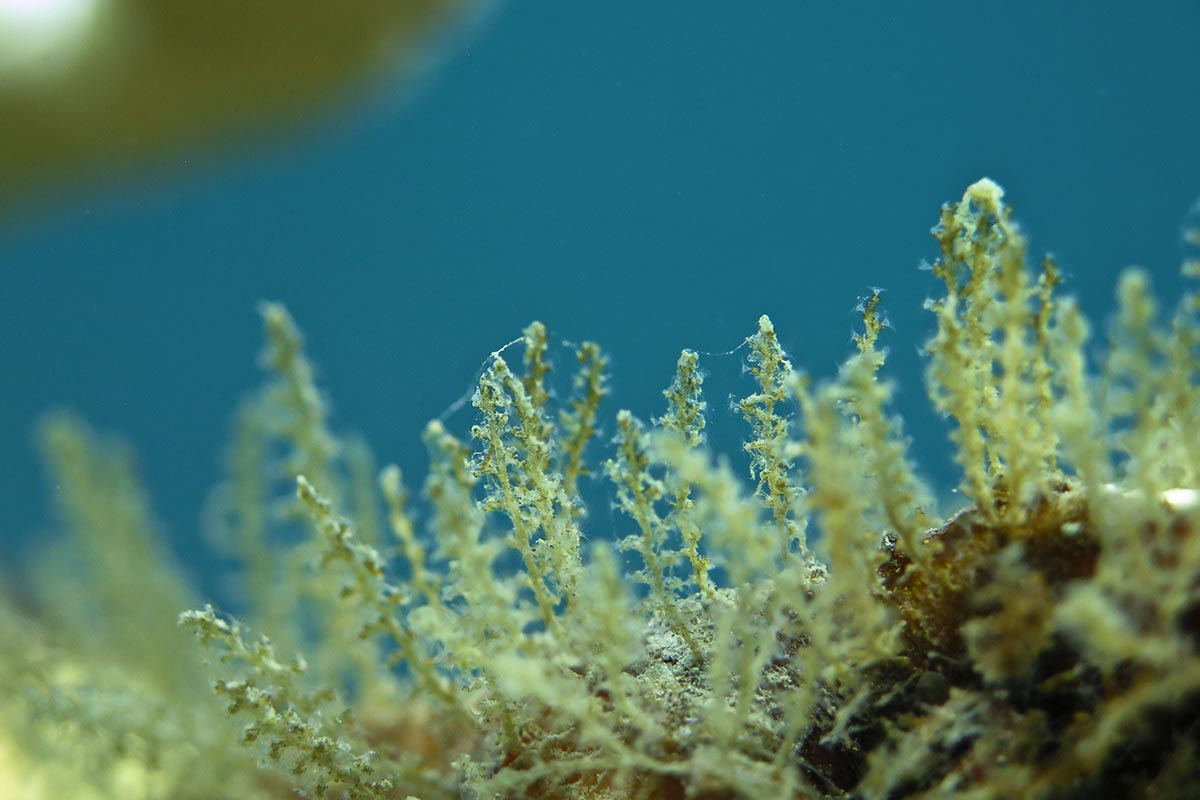
Eco-regions represented
Marine
Magellanic Province
Malvinas Ecoregion
South Chile Canals and Fiords Ecoregion
Subantarctic Province (Antarctic and Southern Oceans)
Land
–
Conservation Objectives
- Areas of high primary productivity corresponding to the cold Estuarial fronts (Beagle Channel) and subantarctic. In addition, it constitutes the area of physical and biological connection between the Pacific and Atlantic oceans, influenced by the Antarctic Circumpolar Current. It is a representative sample of the southern continental shelf and the Drake channel.
- Presence of underwater canyons on the southern continental shelf and seamounts important for benthic biodiversity.
- Area of rich biodiversity for species of relevant benthic communities (briozoos and benthic anphipos) considered indicating taxons of vulnerable marine ecosystems, such as hydrocorals, soft corals, solitary true corals and associated fauna (sponges, sea anemones, cephalopods, echinoderms, fish) in coral gardens.
- Presence of crustaceans of commercial interest such as Chilean King crab, Chilean Snow crab and Munida prawn.
- Important area for the reproduction (spawning or larvae) of commercially important bony fish: Black Hake, Southern Hake and Tail Hake; and the Fuegian sardine of biological importance due its biomass.
- Feeding area and of intense use by globally threatened marine birds (IUCN): Black-browed Albatross (near threatened), Wandering Albatross (vulnerable), Gray-headed Albatross (endangered), White-chinned Petrel (vulnerable), Magellanic Penguin (near threatened) and Rockhopper Penguin (endangered) and on a national level (Resolution MAyDS N° 795/17), Southern Giant Petrel (vulnerable) and Northern Giant Petrel (vulnerable).
- Feeding area and rookery of the South American fur and sea lions.
- Area of species of oceanic marine mammals and of tourist interest due to sightings: Long-finned pilot whale, Sperm whale, Minke whale, Humpback whale, Sei whale and Fin whale.
Bases of the Law
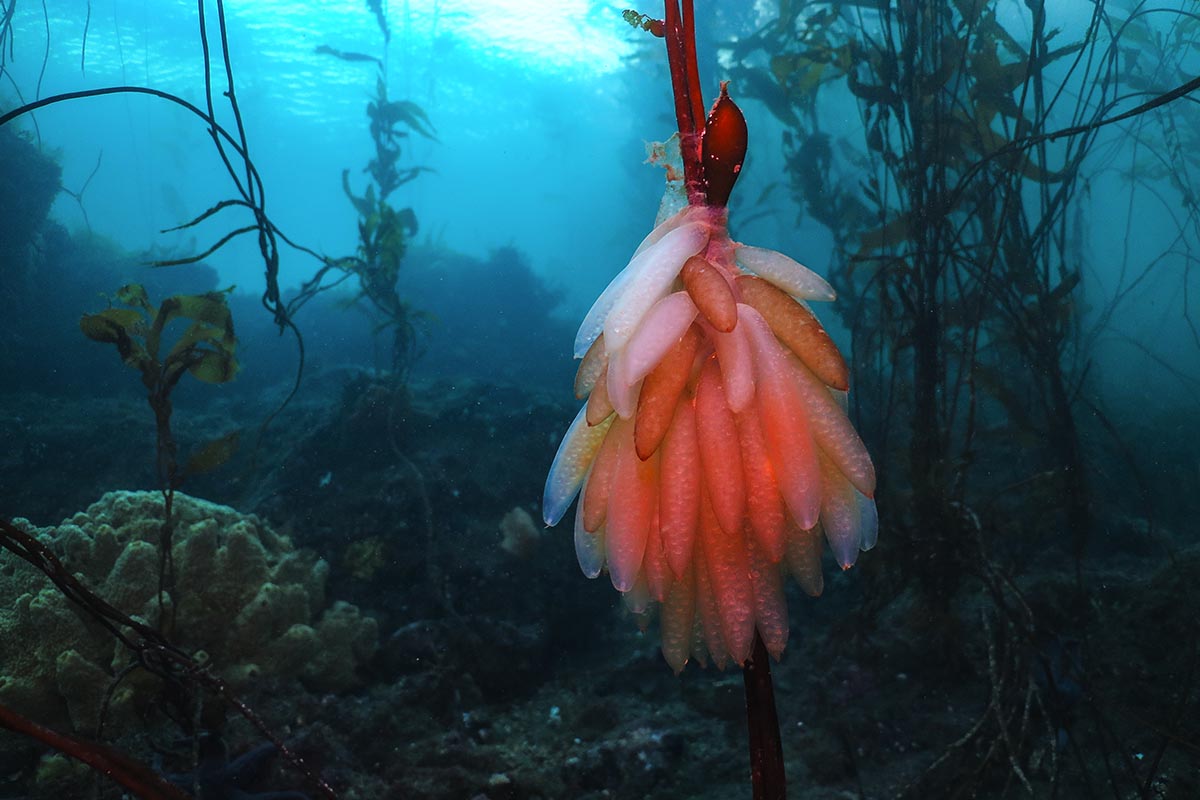
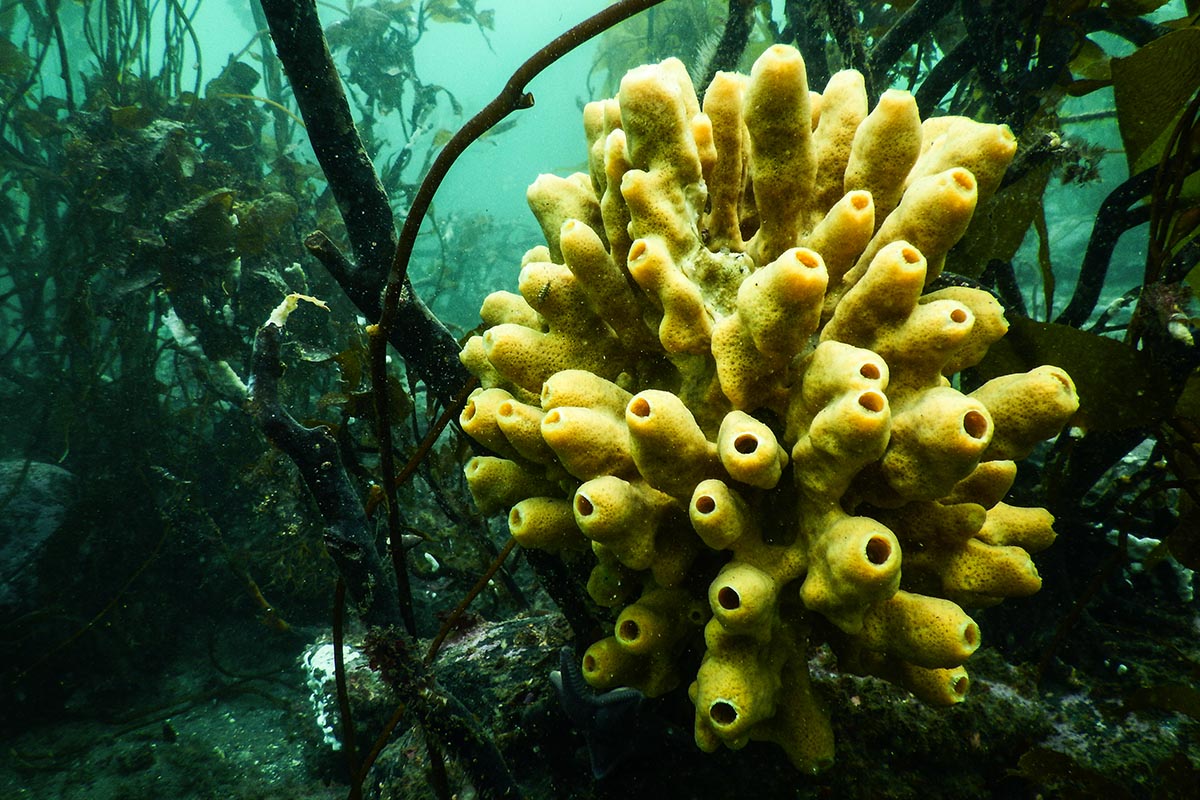
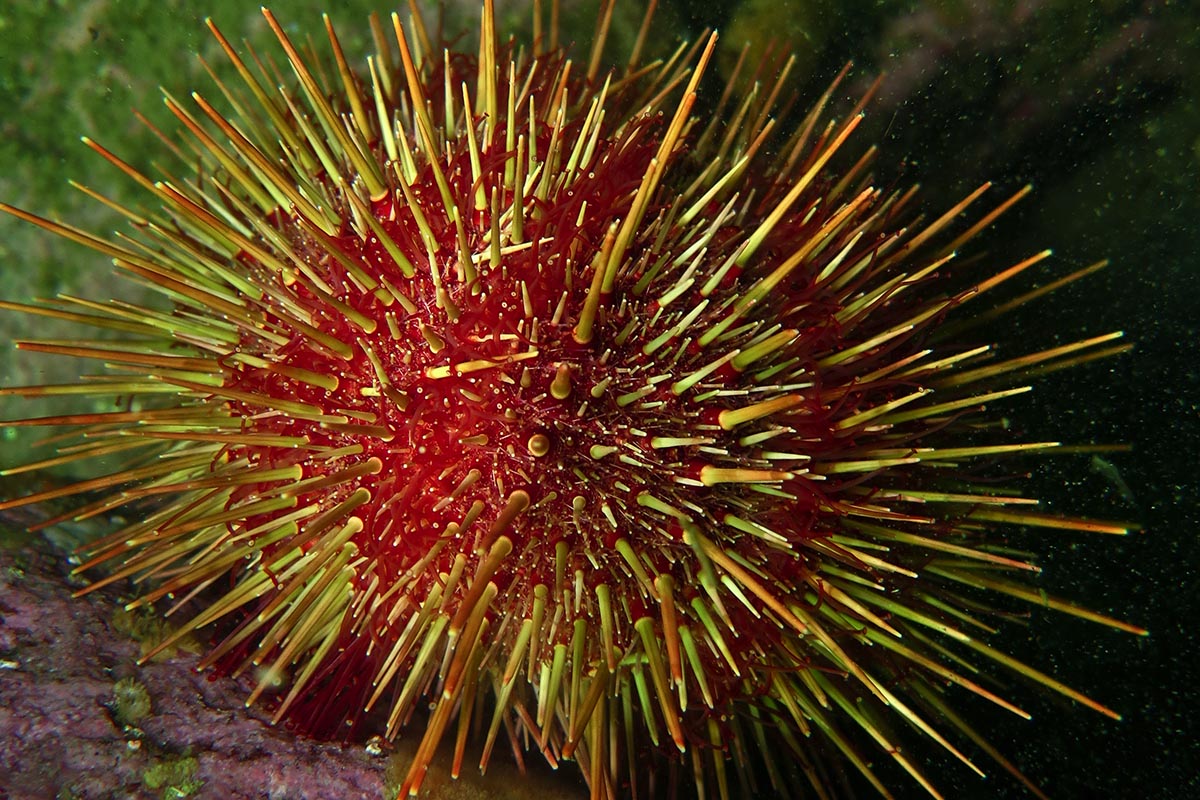

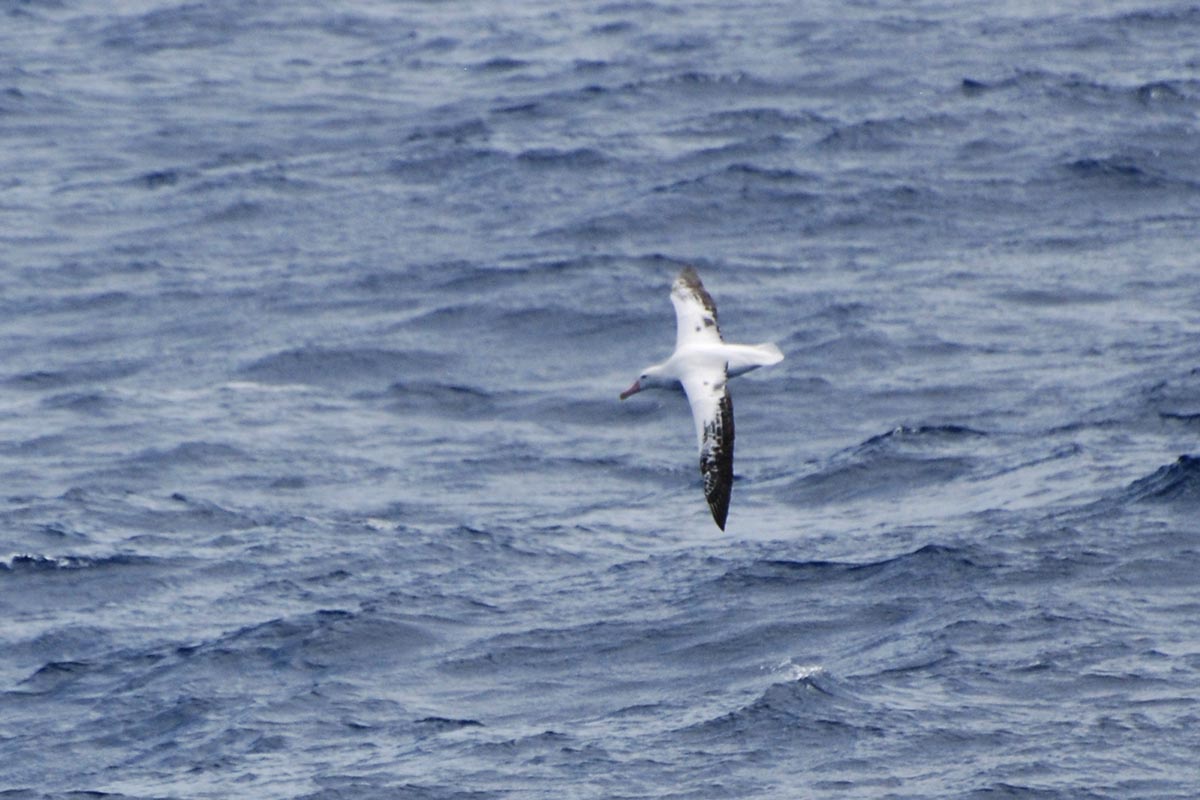
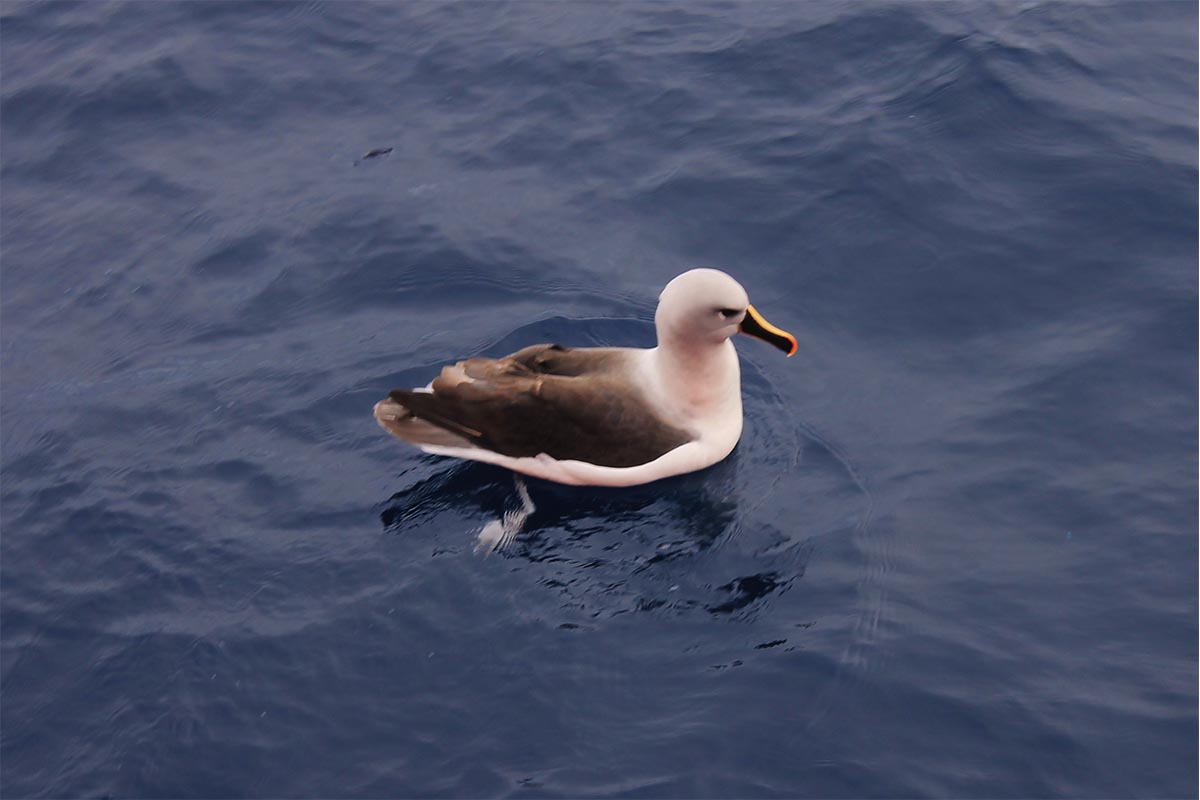

Management
Management effectiveness and evaluation year
Not evaluated.
Sources consulted: Technical Justification Document for the creation of the MPA (2017).

